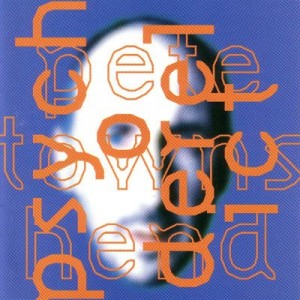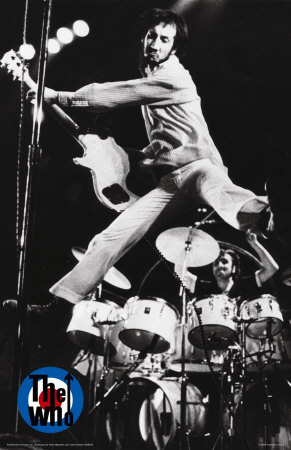
One Of The Two Covers Of "Psychoderelict" (1993)
Pete Townshend’s relationship with the music industry was always defined by a sort of unresolved tension. His one dream project (Lifehouse) clearly spelt that he wanted something from music and from listeners that was not to be. And that tension began pouring into songs by the point “The Who By Numbers” was issued. The jabs were to become full body blows in solo songs like “Jools & Jim”. And the final solo album that he was to release examined the way artists were at the mercy of unscrupulous managers and press agents as thoroughly as only a lifelong insider could.
Named “Psychoderelict”, the disc came out in 1993 and many experts touted it as one of the comebacks of the decade. But it was to perform ingloriously in the charts, and if we leave aside the “Lifehouse Chronicles” boxed set and some compilations (including a “Best Of” package and another title in the “Scoop” series), Pete was to issue no more original material ever again.
Psychoderelict was a conceptual work that took the shape of a CD drama. The story revolved around a ‘60s s musician named Ray High who ended up cocooning himself as the years went by, much to the chagrin of his ruthless manager Rastus Knight. He was desperate to spur Ray into action, and a music journalist named Ruth Streeting devised a way to revive Ray’s career. This involved the creation of a sex scandal that effectively put the name of Ray in everybody’s lips again.
The CD is made up of songs interspersed with dialogue, and the story is completely understandable (and even funny). Ray High (whose name was a direct homage to Ray Davies and Nick Lowe) is entirely convincing as he rallies against the industry and the press, but the true stars are Ruth and Rastus. They are truly two villains you will love to hate. They are hardnosed and truly mercenary. They are also entirely tangible, and the words they speak to each other must have been spoken a billion times over the fates of artists everywhere. At around the time the disc was issued, Pete told Keith Moon’s biographer Tony Fletcher that the music industry “feeds on the corpses of artists”. By that yardstick, Ruth and Rastus come across as the most accomplished undertakers you are liable to ever come across. Continue reading

